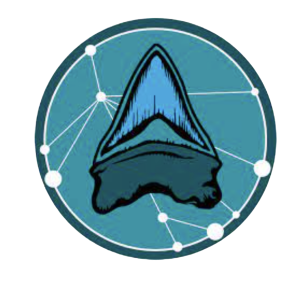Module Overview
This first module is focused on demystifying artificial intelligence and establishing a familiar vernacular. Students will identify common examples of artificial intelligence applications that they interact with frequently to appreciate the ubiquity of AI technology in their daily lives. Students will also act as citizen scientists engaging with technology powered by machine learning. Later in this curriculum students will have the opportunity to create their own machine learning models that emulate this technology.
Driving Question
How is artificial intelligence used in our daily lives?
Primary Learning Objectives
- Explain the difference between intelligence and artificial intelligence.
- Identify common examples of artificial intelligence applications.
- Describe how artificial intelligence can be used in citizen science.
Materials
- Link to Module 1 Slides
open_in_new - Smart Phone
- Mobile Apps: iNaturalist, SEEK, and/or Merlin
In-Class Lesson Guide
Activity 1: What is intelligence?
- Lead an open discussion with your students about what defines intelligence (the ability to learn and solve problems).
- Provide a selection of relatable living organisms and non-living objects. Ask the students which objects have intelligence, prompting them to also explain why?
- Summarize the key elements of intelligence: perception, learning, memory, reasoning.
- Ask students to differentiate between intelligence and artificial intelligence.
- Provide a basic definition for artificial intelligence: technology that imitates intelligence.
Activity 2: Examples of Artificial Intelligence
- Ask students if they can think of any examples of artificial intelligence that they have used. (A common example would be a virtual assistant, like Alexa or Siri.)
- Have students try to identify different examples of artificial intelligence used in smartphones. (Note: You can discuss any technology that your students can relate to.)
- ChatBots – Siri, Alexa, Google Home
- Social Media / Streaming – Content suggestions
- Navigation – GPS fastest routes
- Gaming – AI-power NPCs (non-player characters)
- Recognize that artificial intelligence is used in every industry.
Activity 3: Citizen Science and AI
- Introduce the students to the mobile app iNaturalist (Note: you could also use SEEK if you prefer). These apps allow the user to take photos of living organisms and use machine learning to suggest an identification.
- Go outside and let the students experiment with iNaturalist as citizen scientists. (This can be freeform or structured).
- For a freeform experimentation, challenge students to take pictures of as many different living organisms as possible in a set amount of time.
- For a structured experimentation, challenge students to take pictures of a specific type of living organism (e.g., identify different plants around campus).
- After experimenting, ask the students how the mobile app uses artificial intelligence.
- Follow this up with a discussion about what we can learn with the information collected through this app. (e.g., identify rare species, determine where species are located, etc.)
